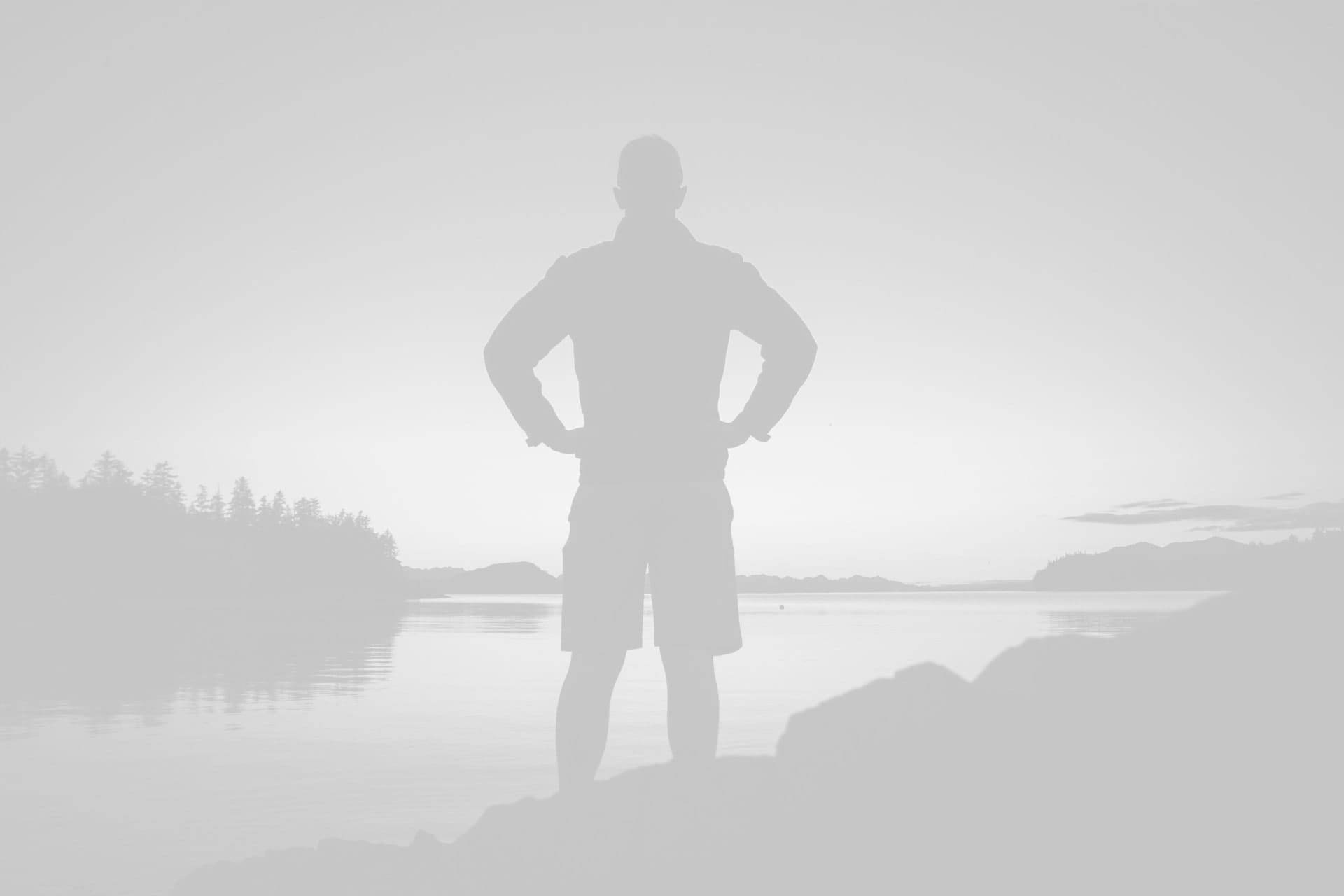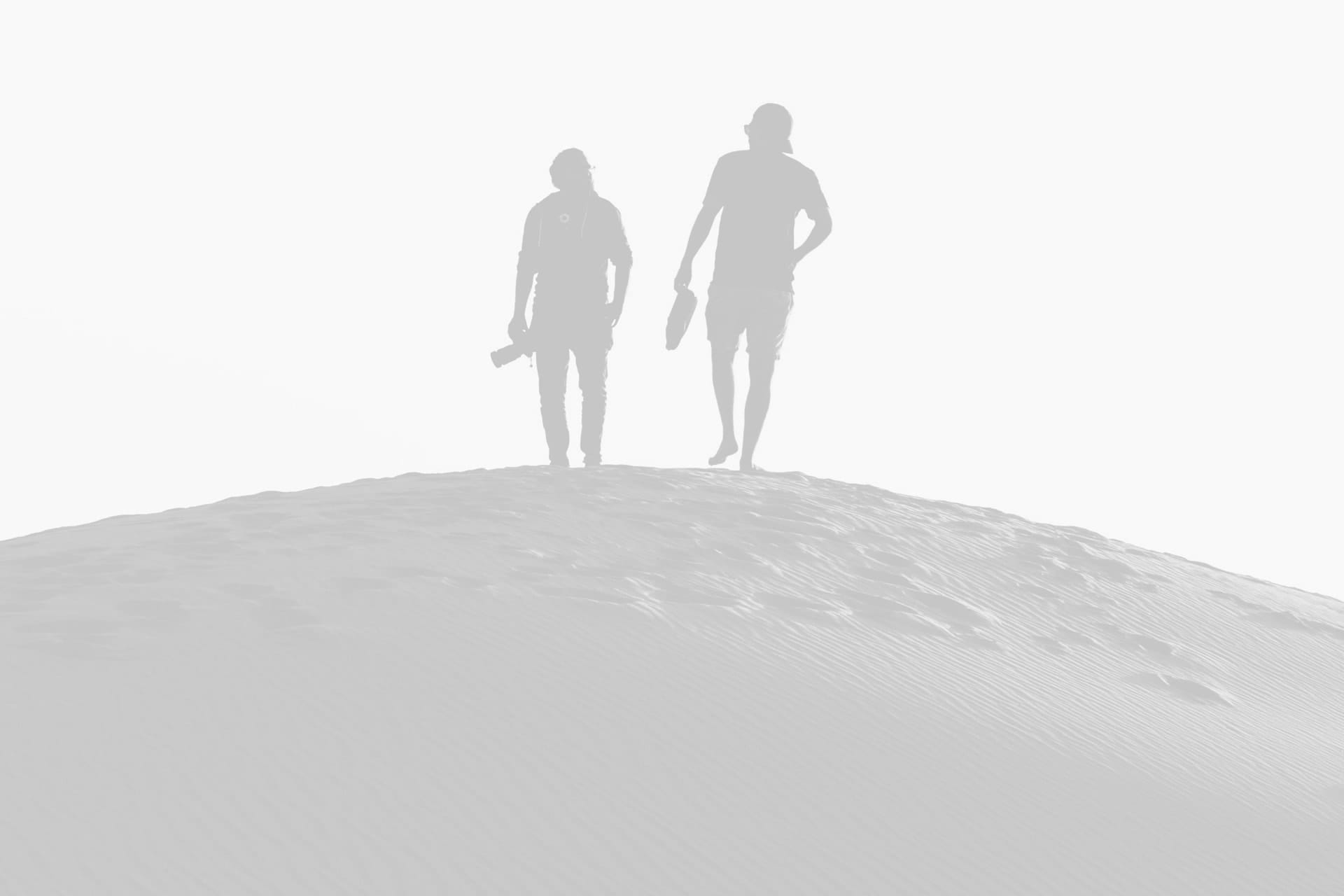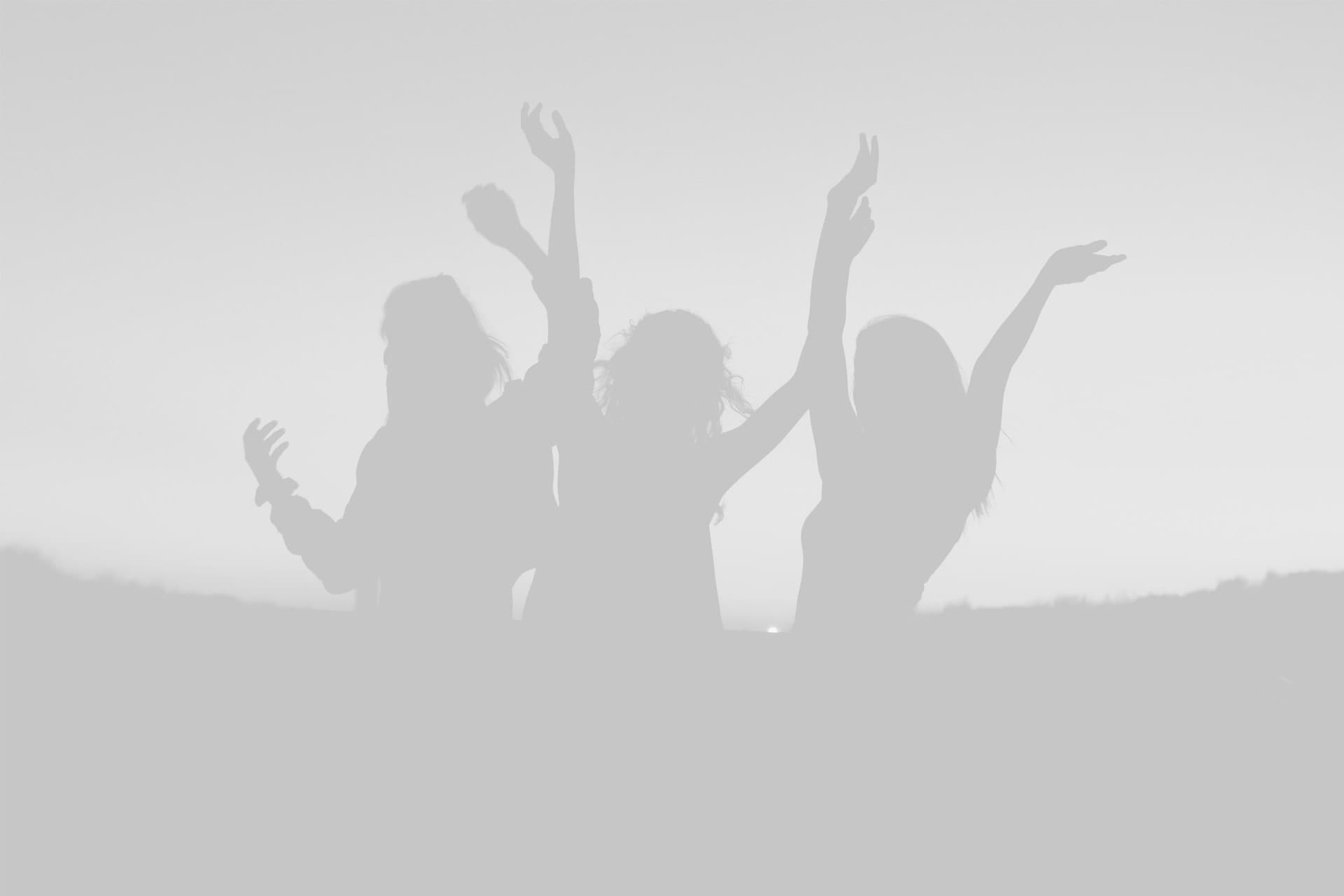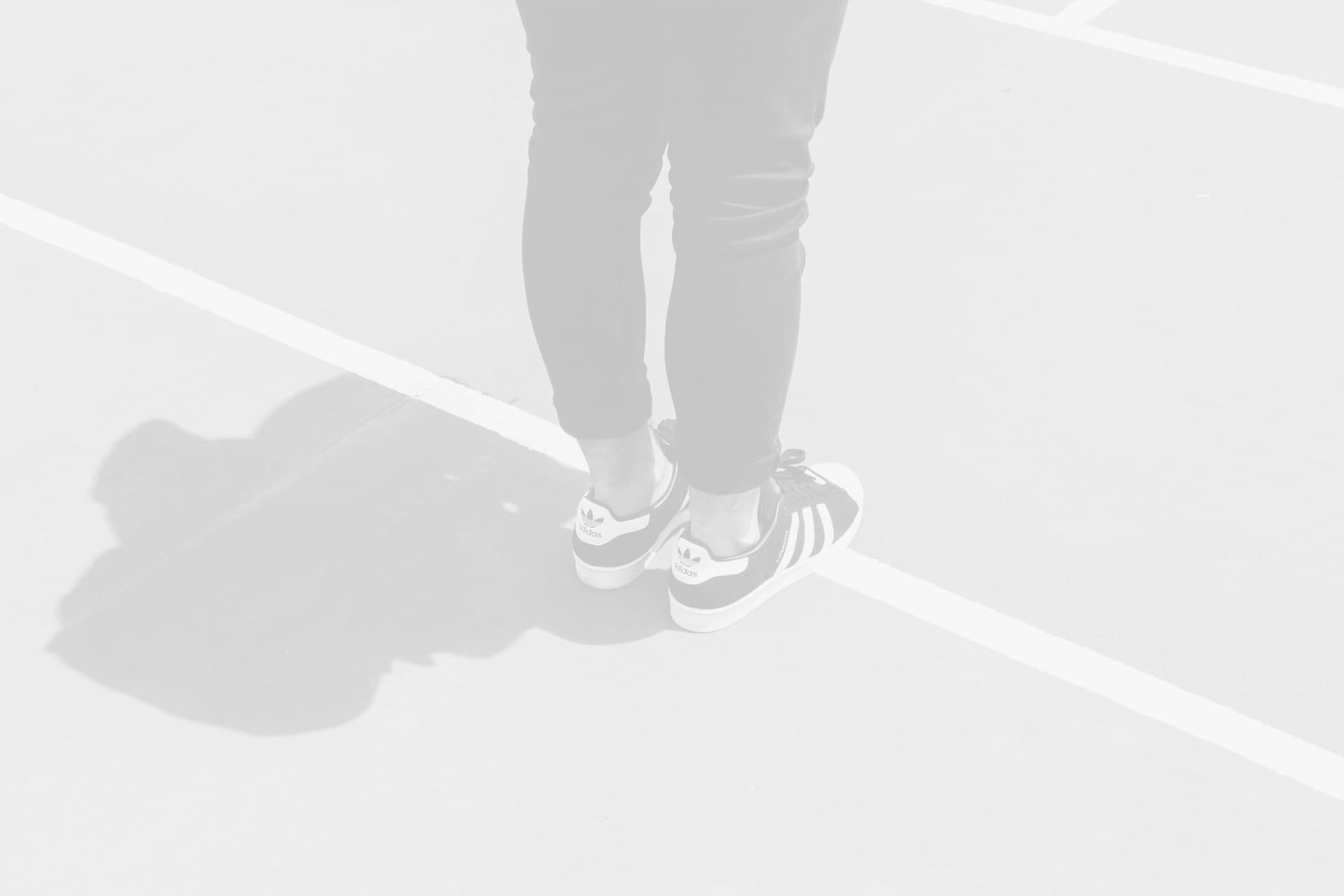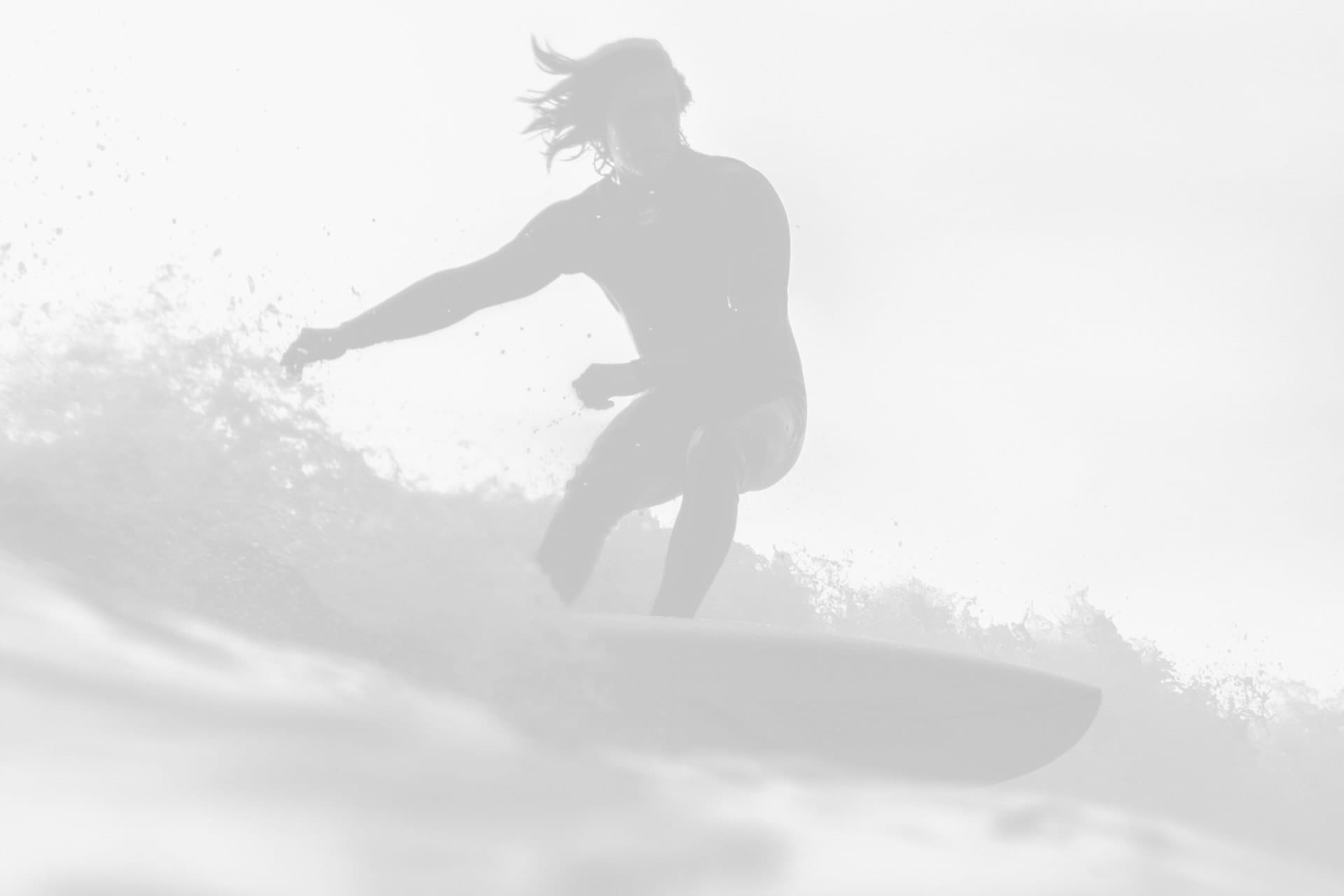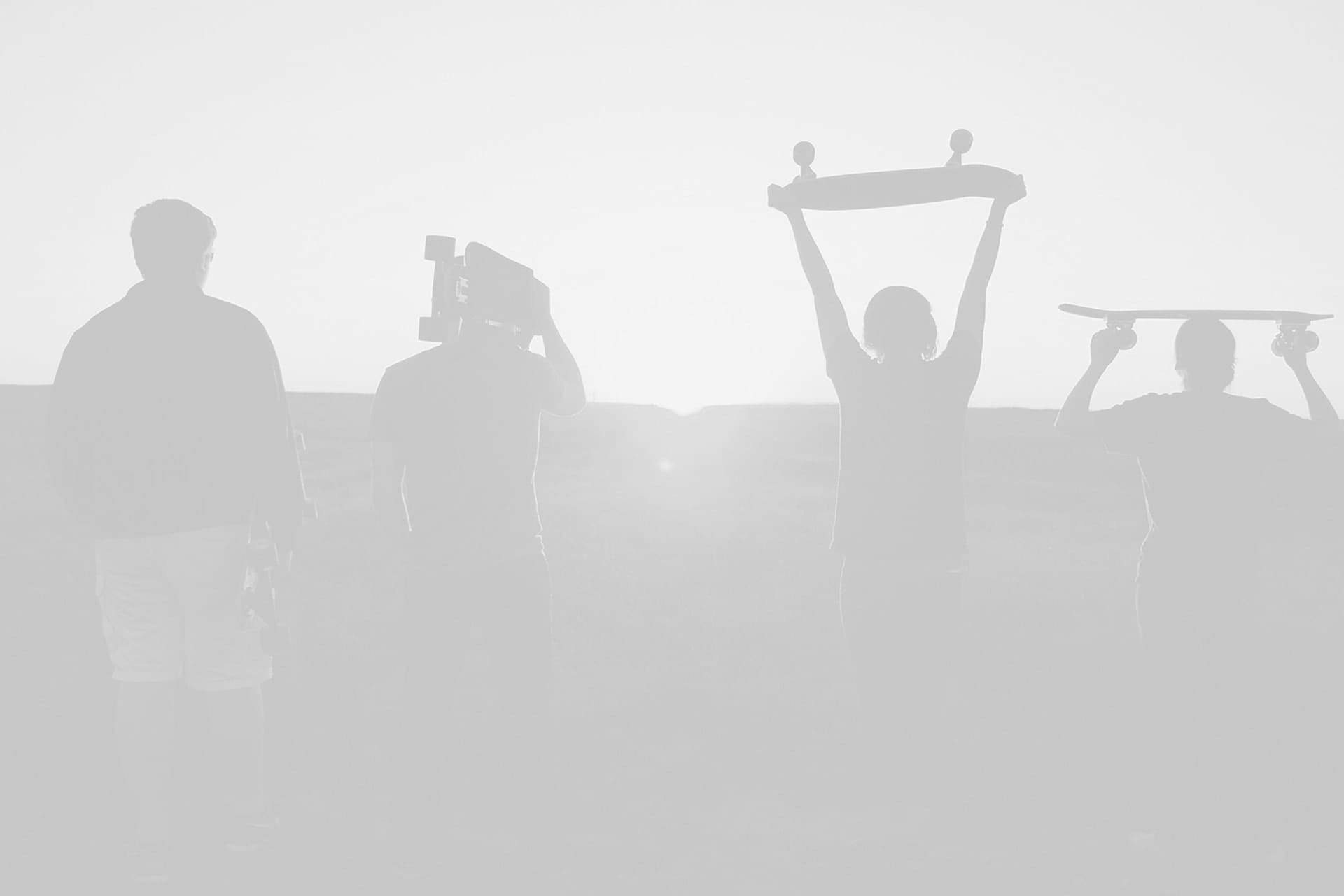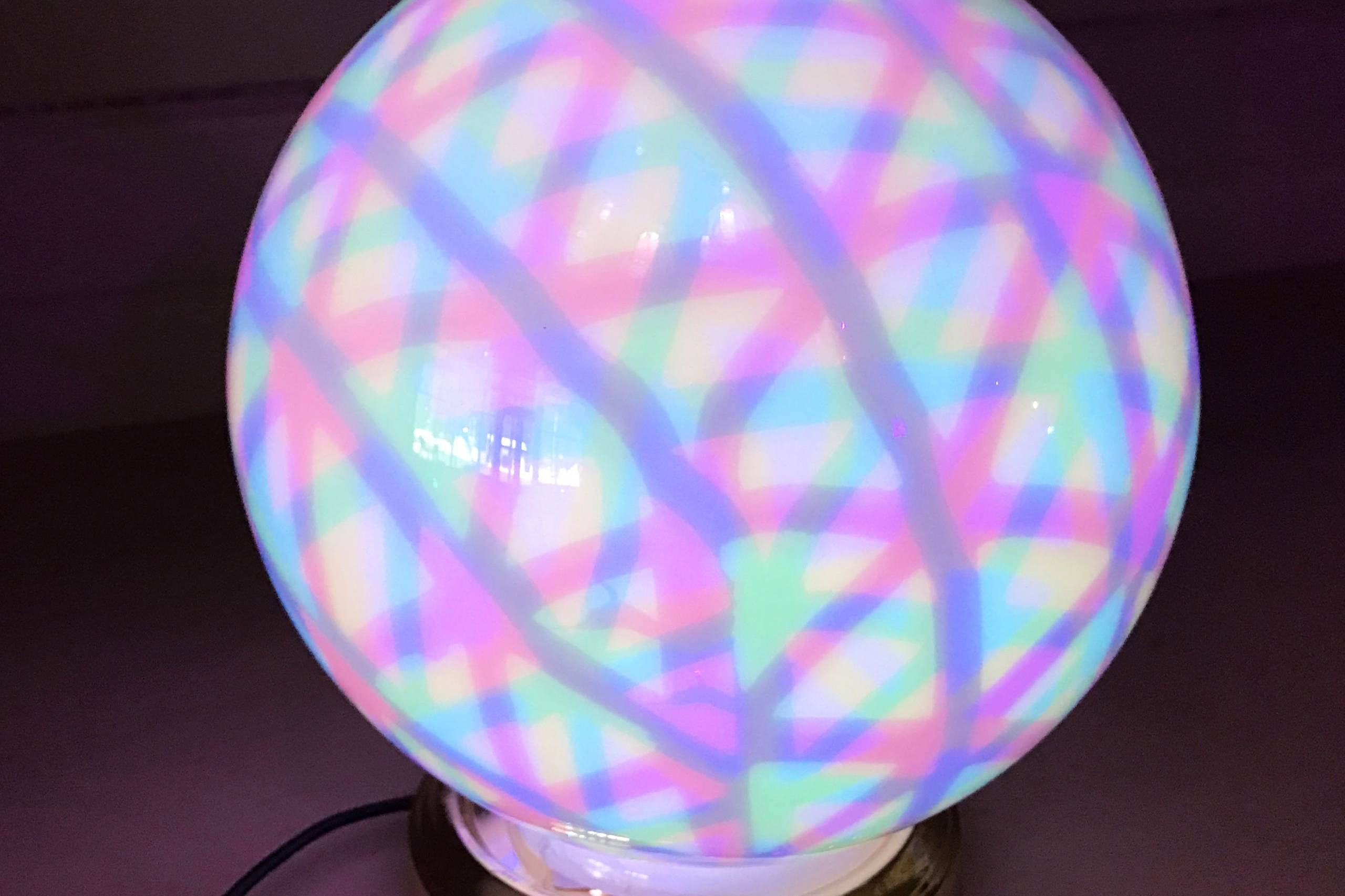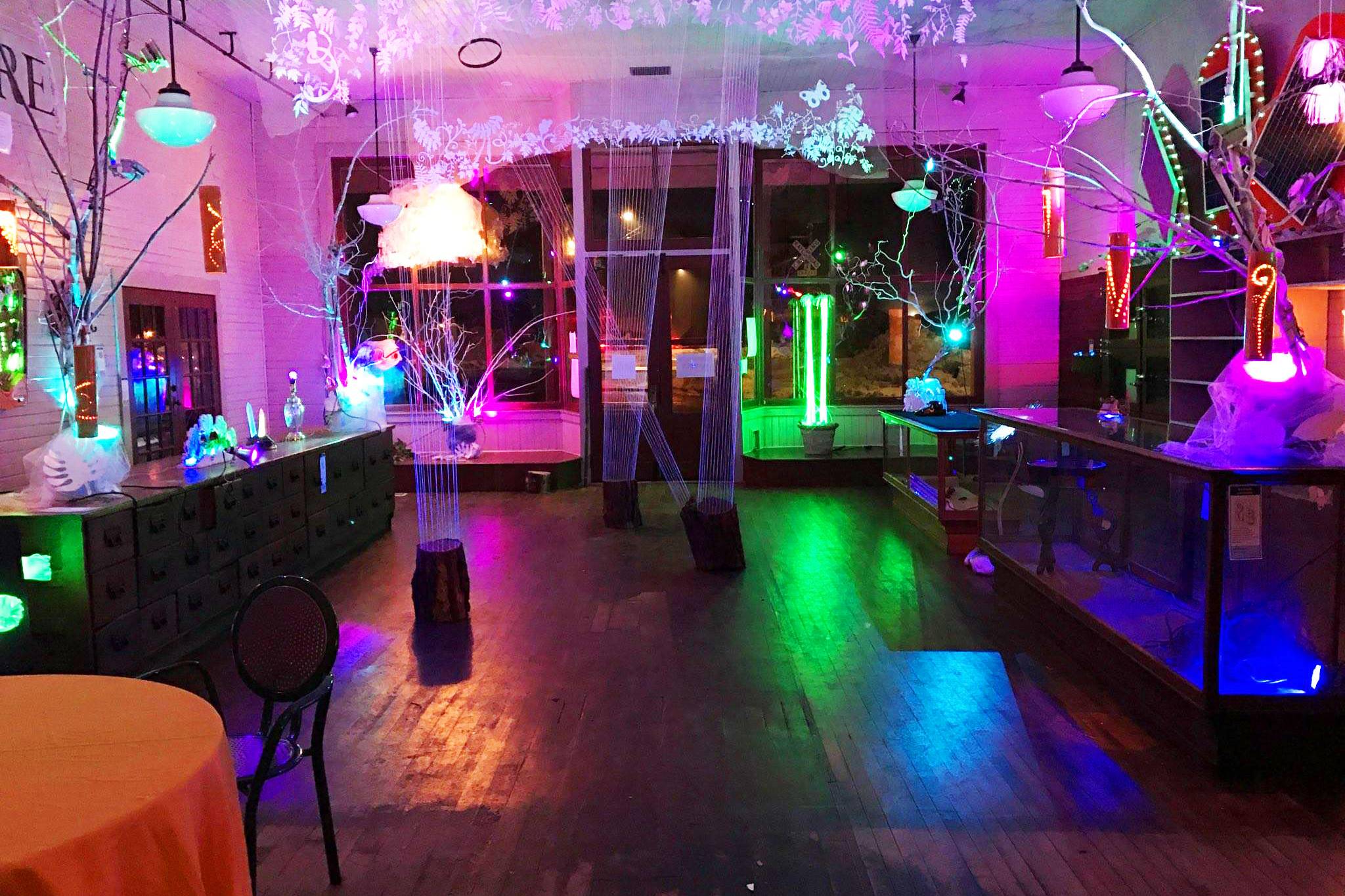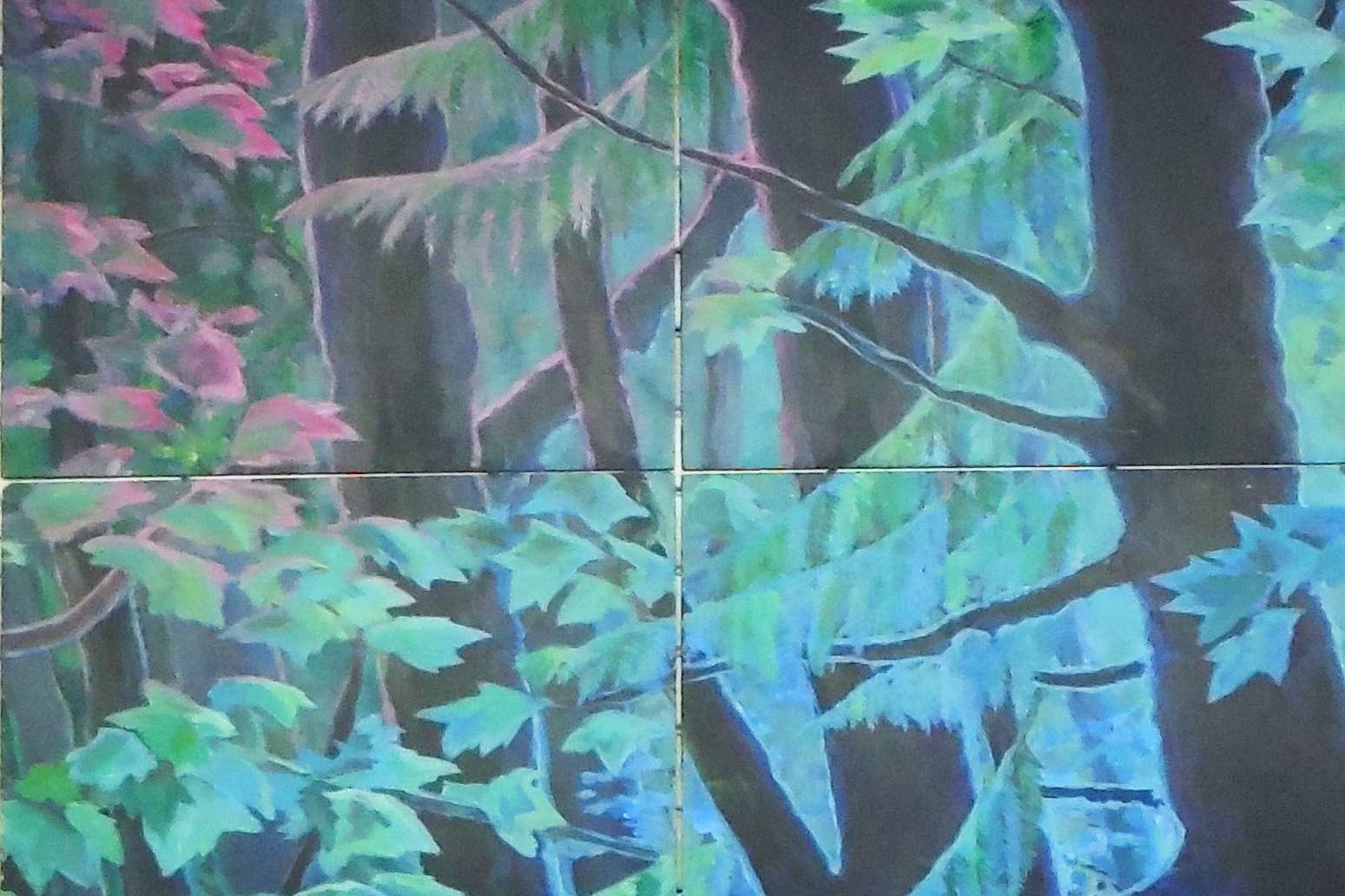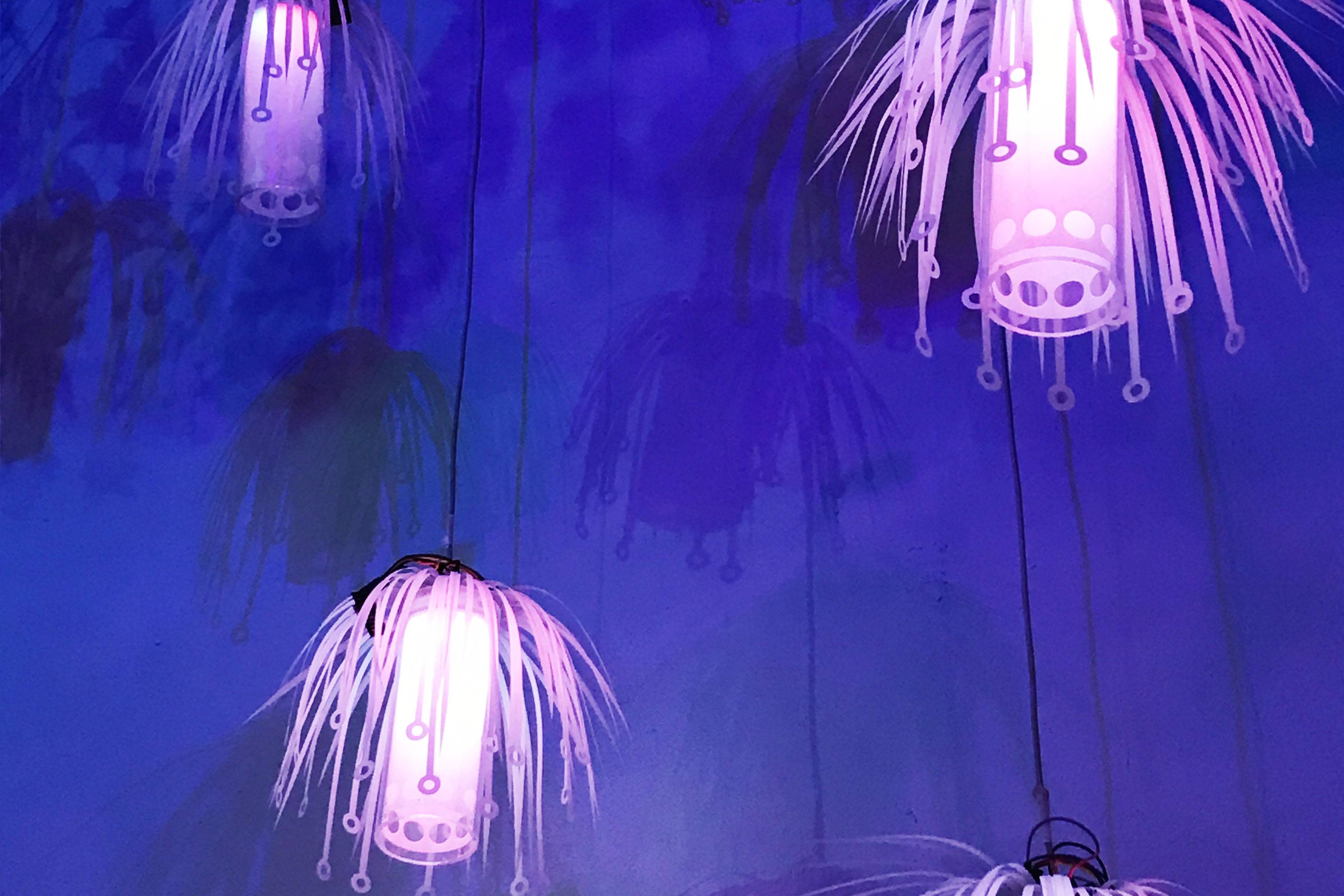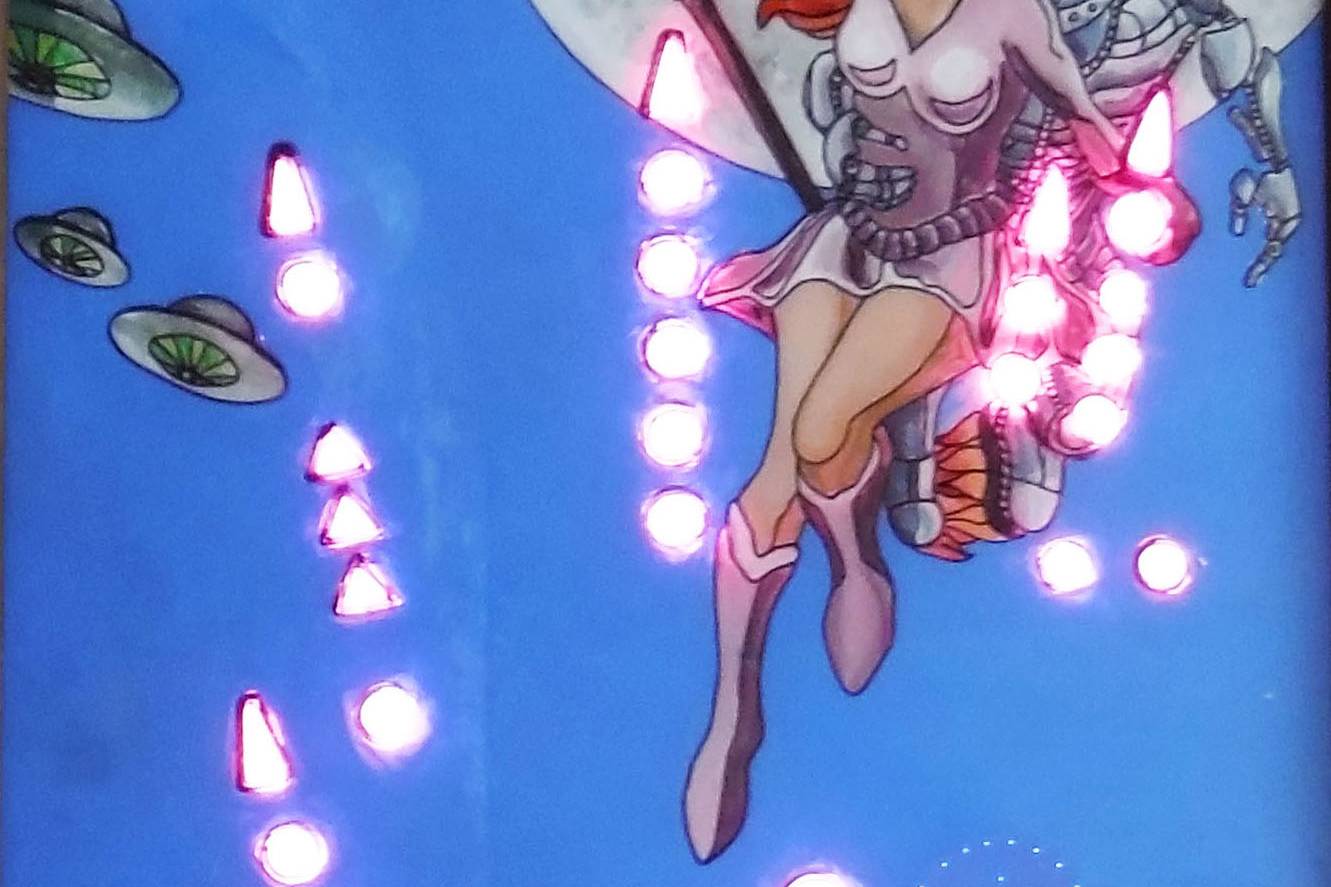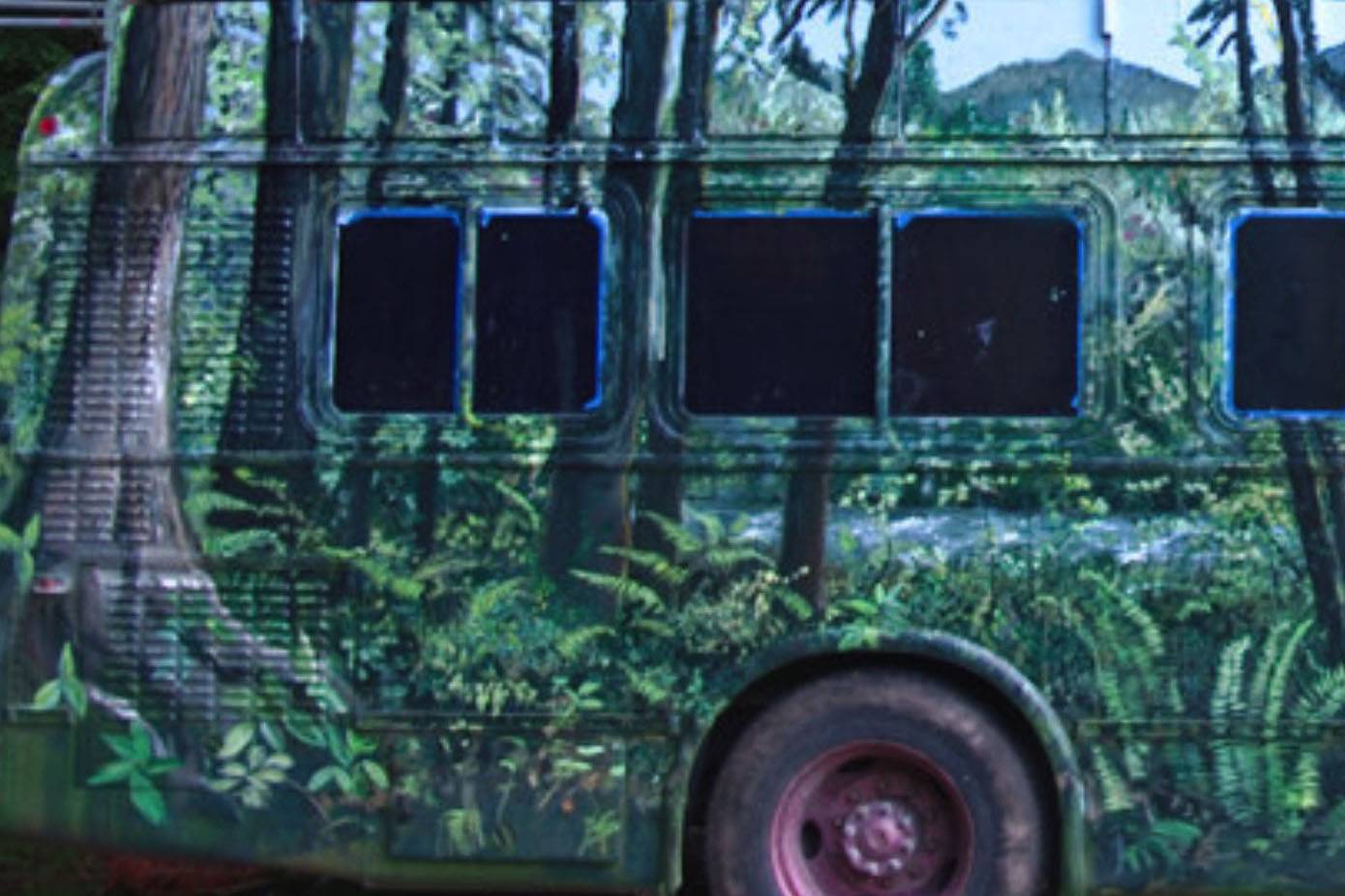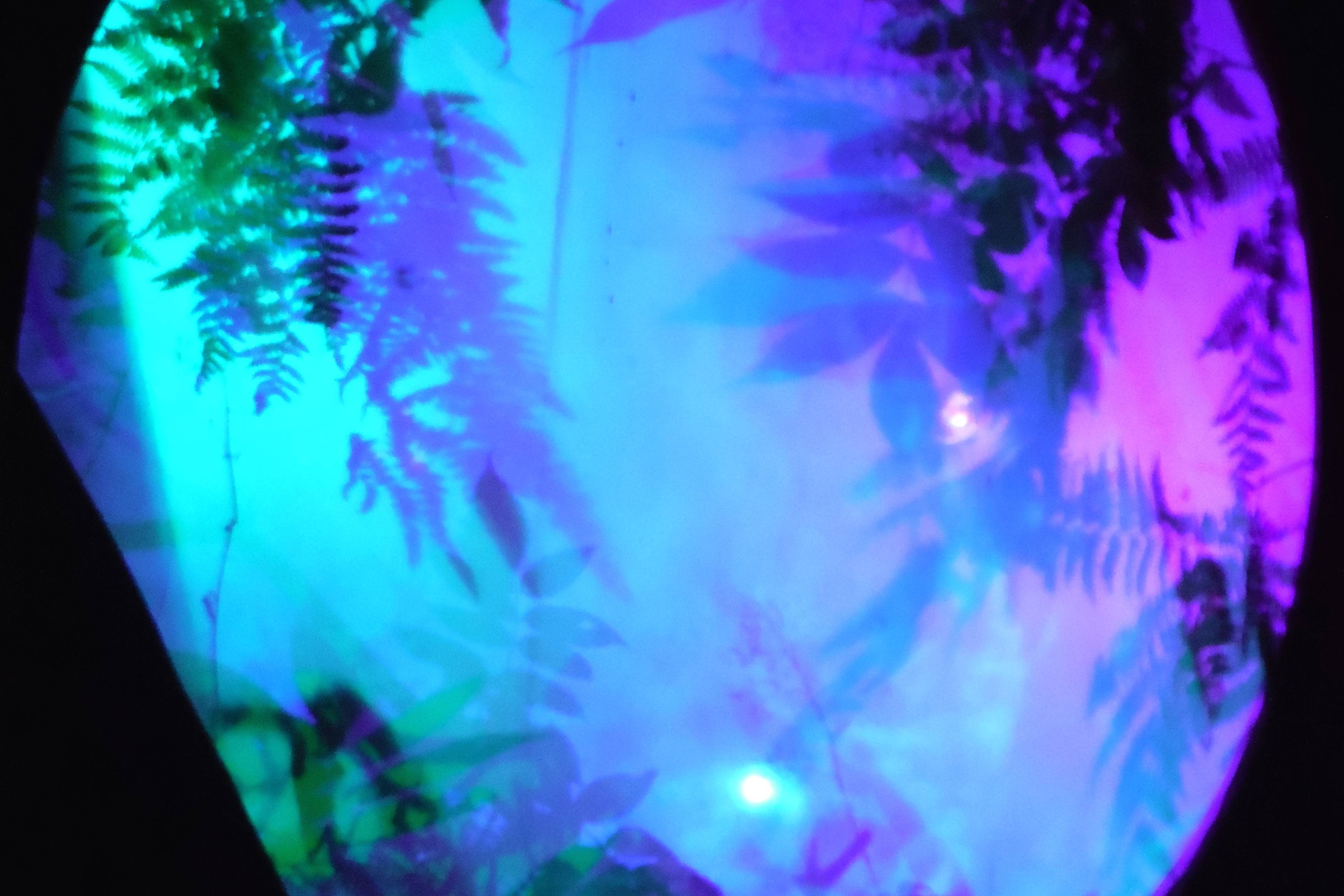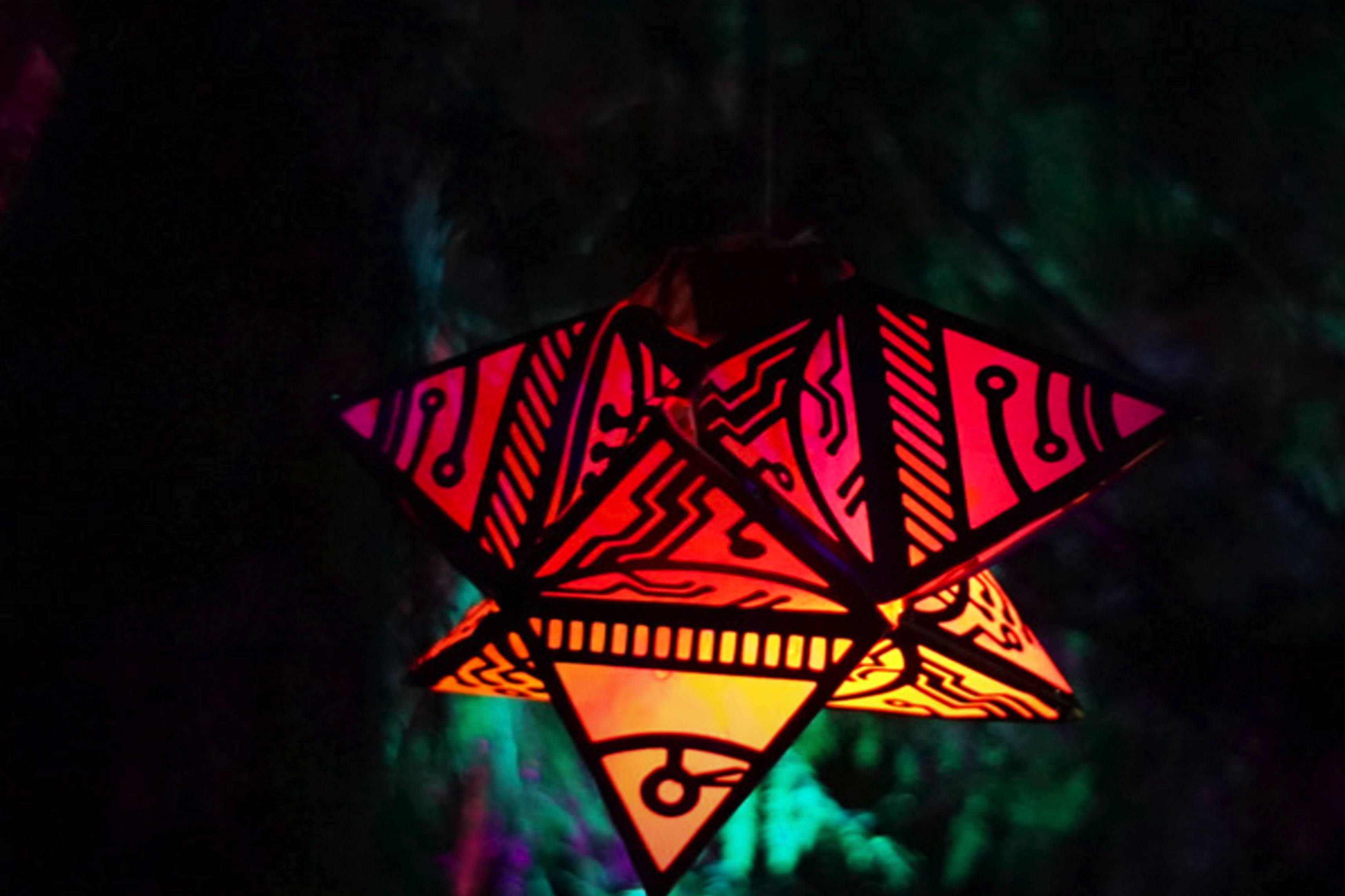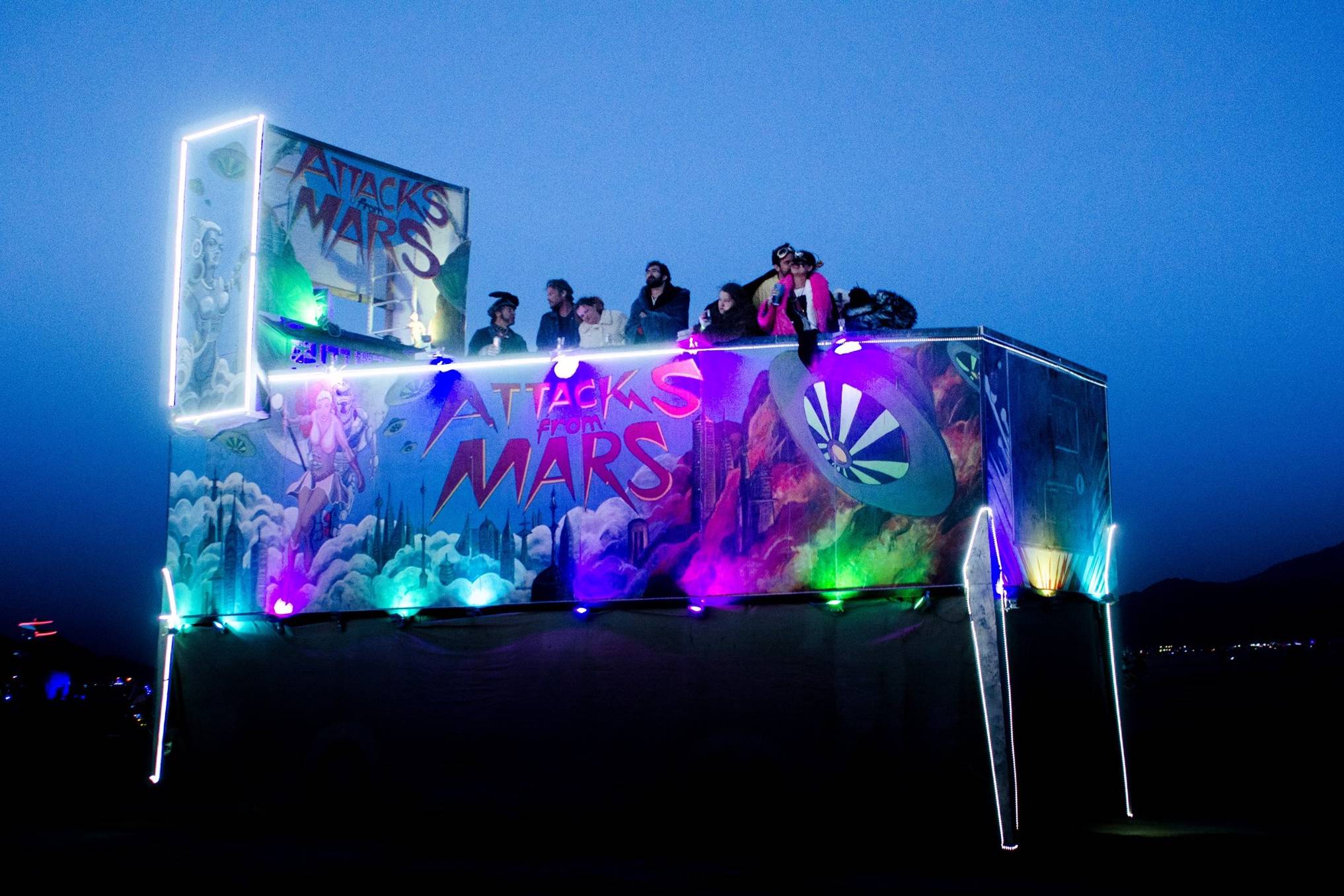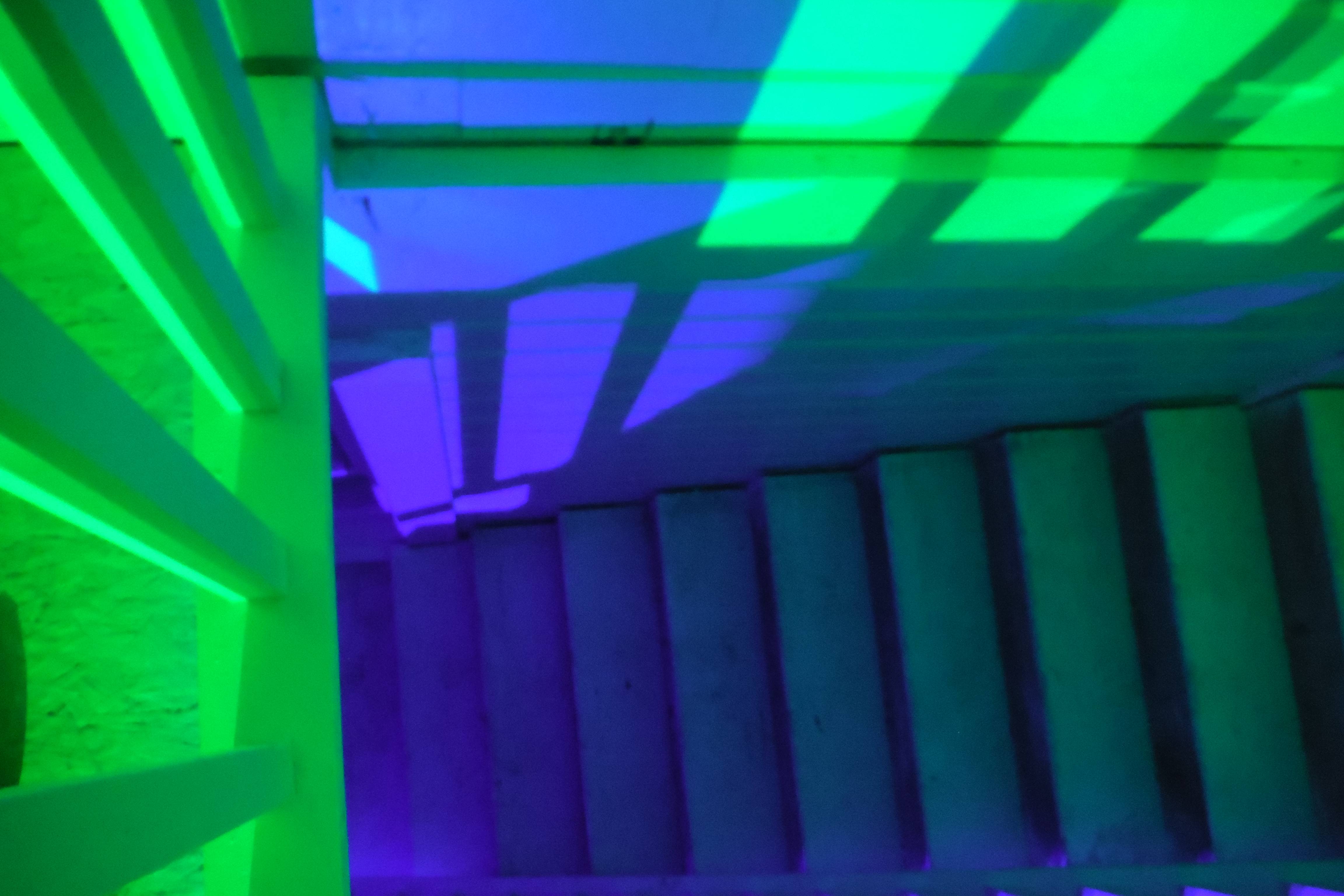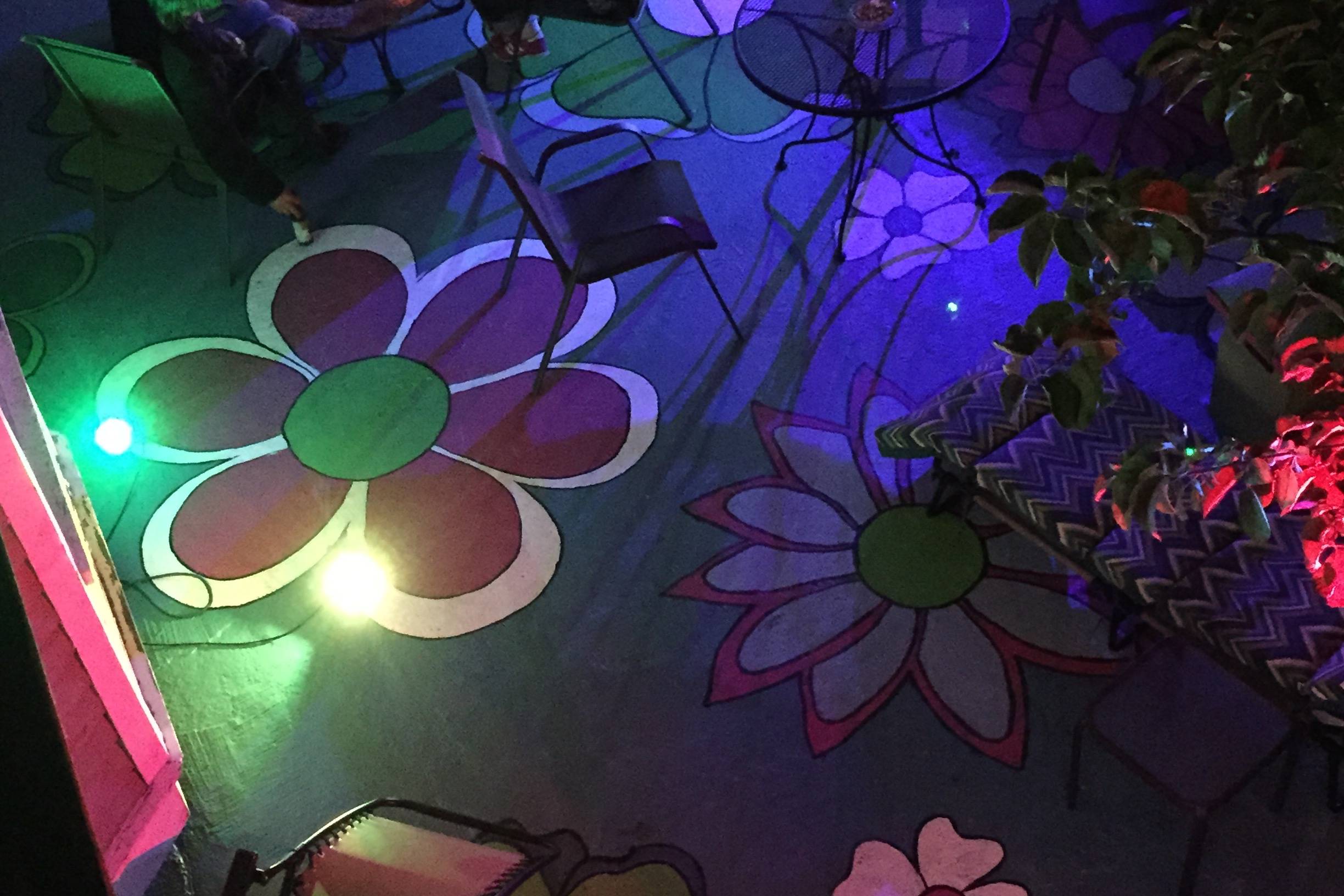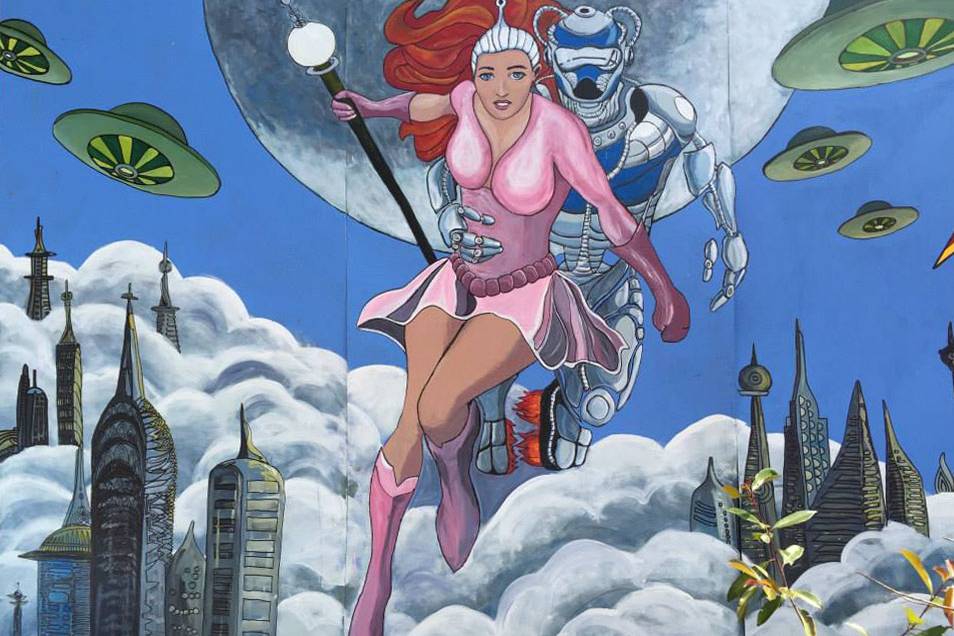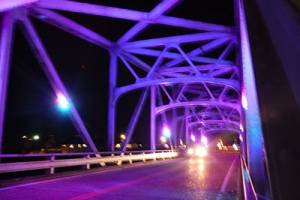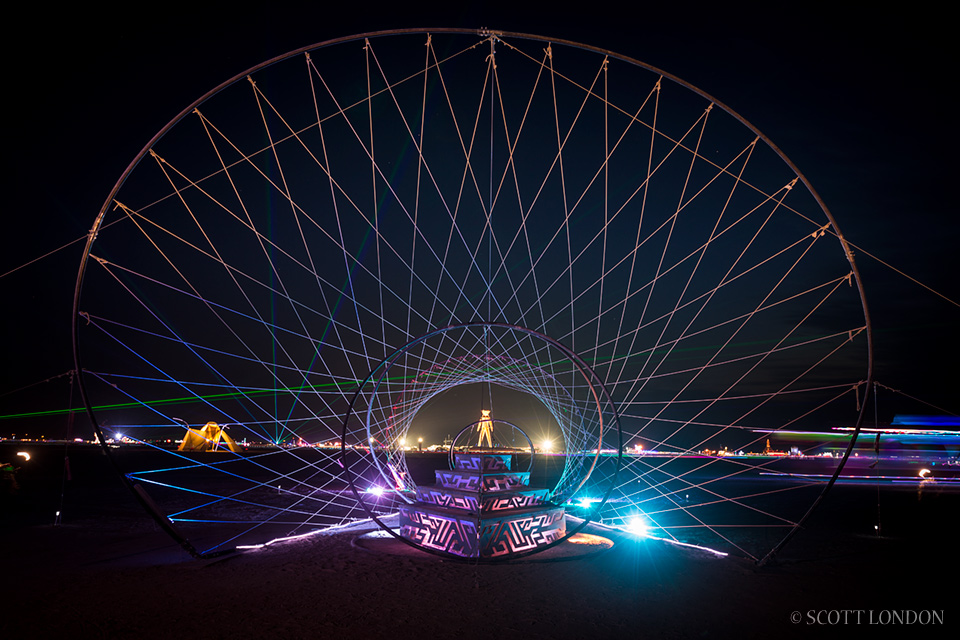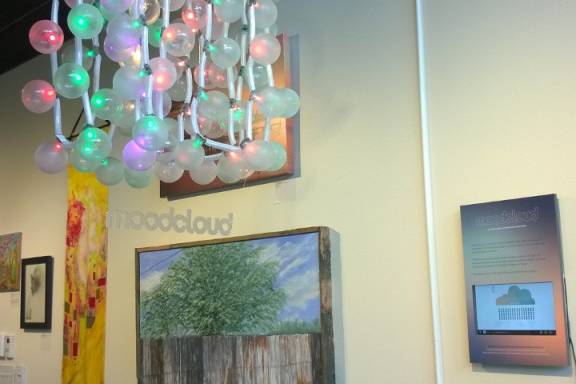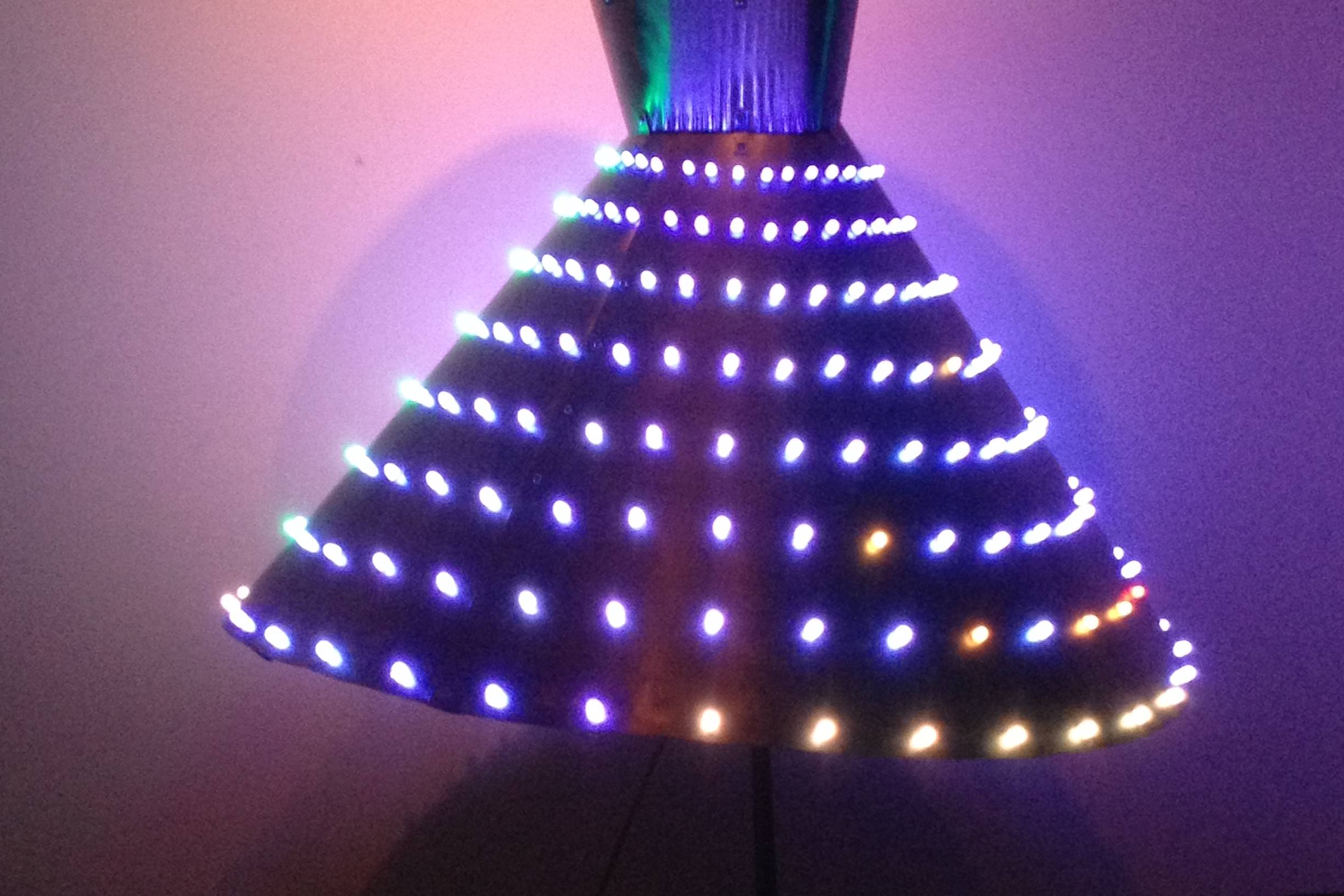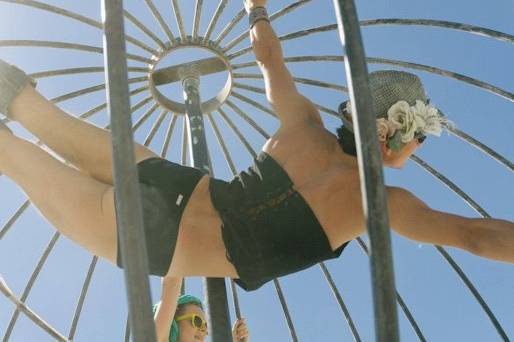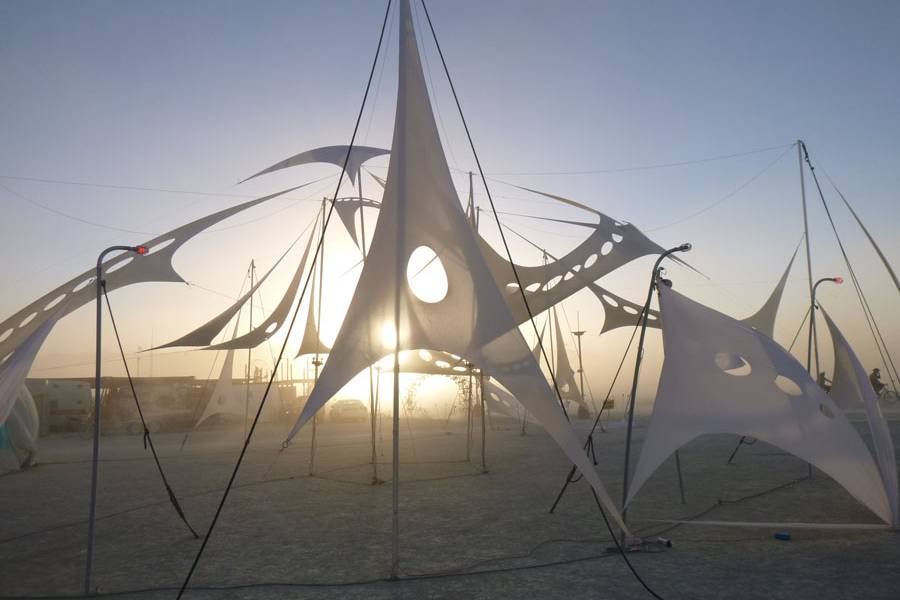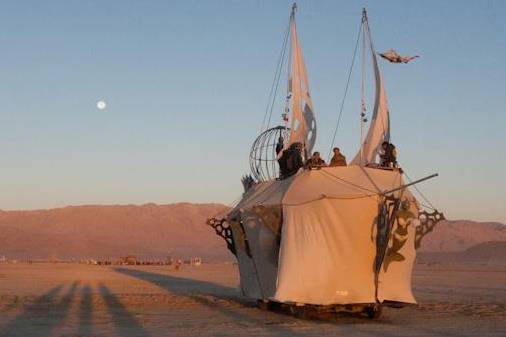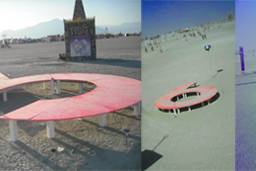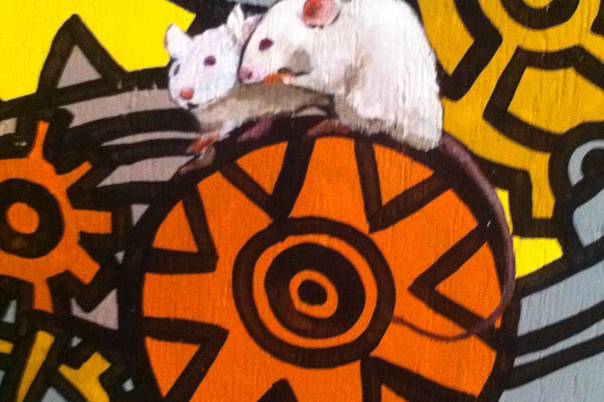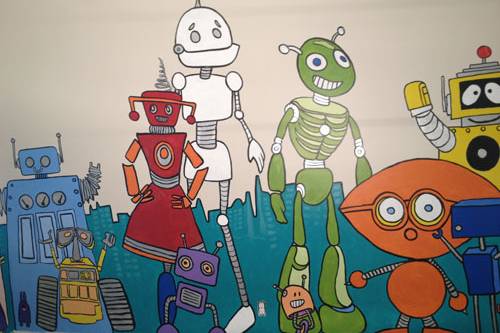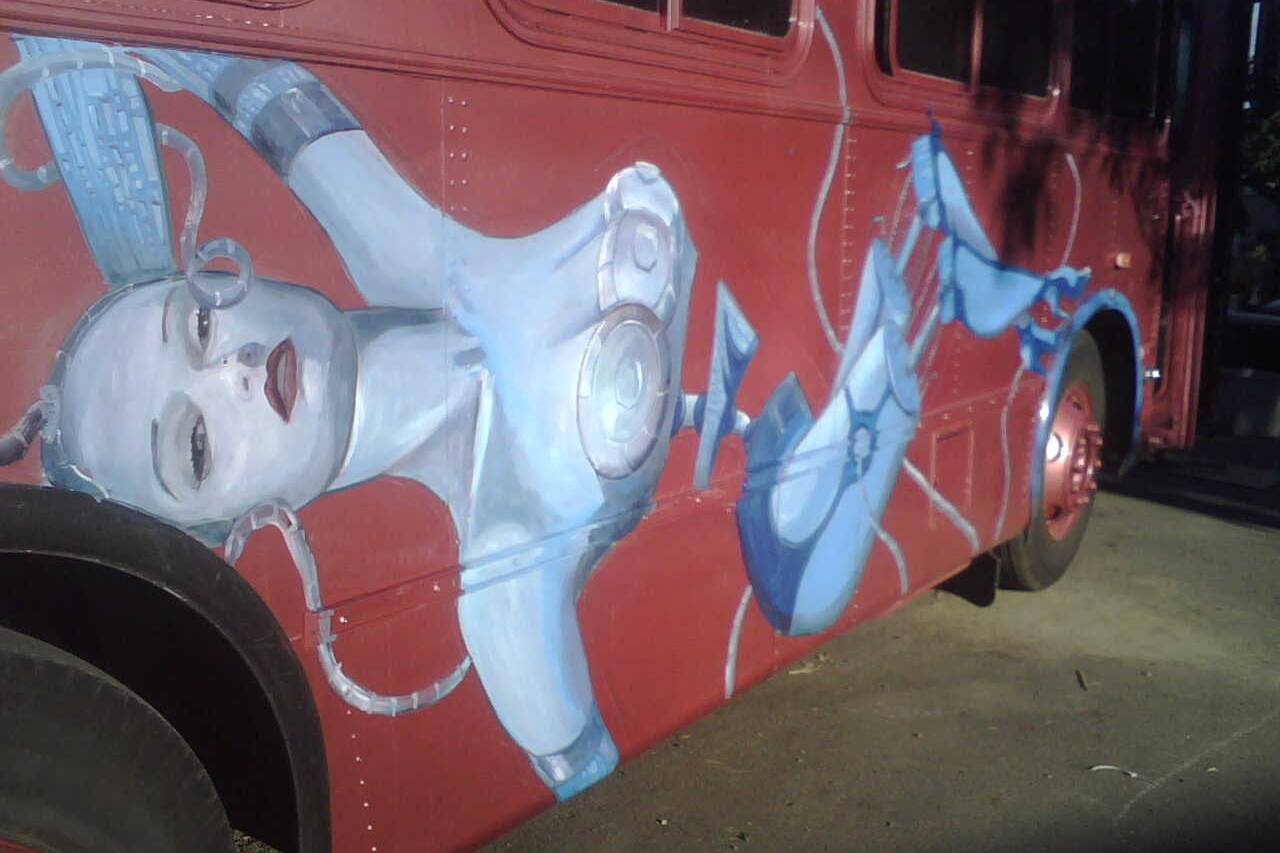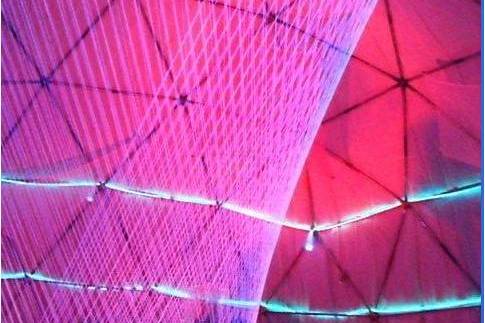March 25, 2022
How to Trust your Intuition when You’re Making a Decision
When you are alone for days or weeks at a time, you…
March 22, 2022
Everyday inspired by the Beauty of the Mountains
Last year I wrote about why booking too far in advance can…
March 20, 2022
How to Appreciate the Little Things in Life and be Happy
Just the other day I happened to wake up early. That is…
March 18, 2021
Capture the Beauty of Nature through Photography
Talking to randos is the norm. I’ll never forget the…
March 7, 2021
How to Be in the Flow and Create Something Beautiful
Just the other day I happened to wake up early. That is…
March 3, 2021
I Like Keep Things Simple to Appreciate the Details
After designing my ideal week, I had a much clearer idea of…
March 2, 2021
Thriving for Simplicity and Ease of Use Sharing Knowledge
Every selector has the potential to have unintended side…
February 18, 2020
Meditation with Music for a Calmer and Healthier Mind
Many years ago, I worked for my parents who own a video…
February 8, 2020
How We Rethink Our Approach To Daily Commitments
Many years ago, I worked for my parents who own a video…
February 6, 2020
My Free Time Habit and Why You Should Have One Too
One of the easiest ways to improve travel photos is…
February 2, 2020
Learn the Rules First so You Can Break Them Like a Pro
I was recently quoted as saying, I don't care if Instagram…
January 30, 2020
Helpful Travel Tips and Tricks for your Next Big Adventure
When you are alone for days or weeks at a time, you…
January 28, 2020
Take the Time to Listen and Find the Right Inspirations
Last year I wrote about why booking too far in advance can…
January 25, 2020
Structures and Design of Nature are a Beautiful Things
Just the other day I happened to wake up early. That is…
January 18, 2019
Architecture Walks are Popular, Find One in Your City
When you are alone for days or weeks at a time, you…
January 14, 2019
Top Working Tips to Help You Succeed as a Freelance
Just the other day I happened to wake up early. That is…
January 8, 2019
About the Natural Connections Humans Have with Nature
I was recently quoted as saying, I don't care if Instagram…
January 8, 2019
Summer Holiday Guide: How to spend the best time of the year
Many years ago, I worked for my parents who own a video…
January 4, 2019
Best New Studio Headphones: the Ultimate Musician Guide
Many years ago, I worked for my parents who own a video…

